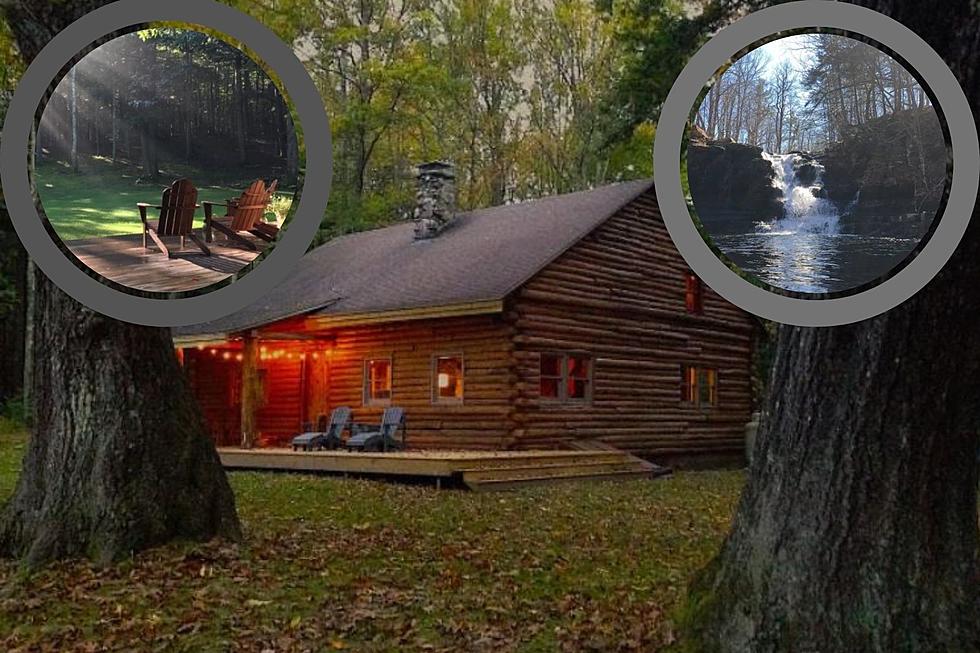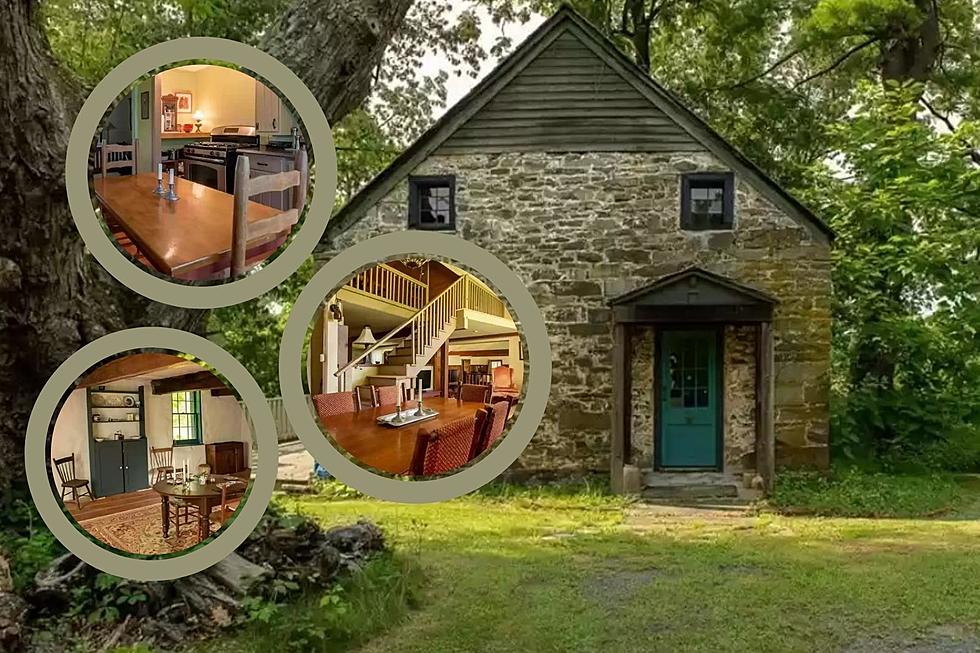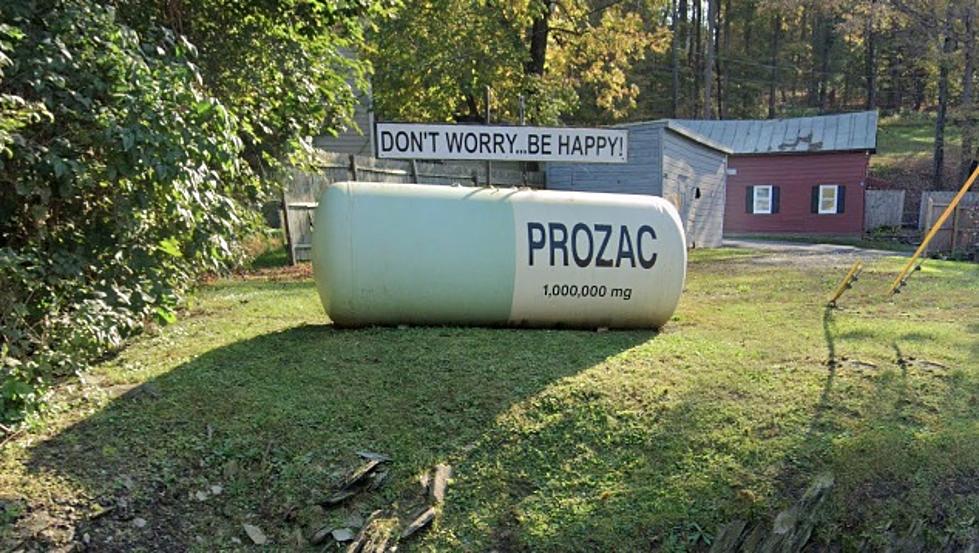
When and Why the Lanes Change on the Mid-Hudson Bridge
It may seem like a random decision by the Bridge Authority to close down one lane and open another on the Mid-Hudson Bridge, especially if you're running late and find yourself stuck behind a line of cars that have to merge into a single lane at the last minute. Luckily, that's not the case. There's actually research that backs a pretty tight lane-change schedule.
Lane Closings on the Mid-Hudson Bridge
I started noticing a pattern on my commute into the radio station each morning: if I was running early, I had open access to both eastbound lanes heading into Poughkeepsie, NY, but if I was running late, I would almost always incur the dreaded lane change, and be forced into a single-file caravan to cross the bridge into Dutchess County.
I started noticing the same thing in the evening as I headed back across into Ulster County, too. Two lanes free and open westbound if I was early, and stuck behind merging traffic if I had a late night. So what exactly is the lane schedule on the bridge? Thanks to the New York State Bridge Authority (NYSBA), we have an official answer, and it could save you time on your commute.
Morning Rush Hour on the Mid-Hudson Bridge
Chris Steber, the public information officer for the NYSBA, shared that traffic research helped inform when the lane changes occur on the Mid-Hudson Bridge.
Since the 1980s, we have done an alternating traffic pattern on weekdays during rush hour by using the middle lane on the bridge. During the weekday morning rush (6:15-9:15 a.m.) we have two lanes going eastbound toward Poughkeepsie.
Steber shared that the information gathered showed that more traffic came from Ulster County on the west side of the bridge in the morning, thus the two eastbound lanes bein open during the AM rush hour.
Afternoon Rush Hour on the Mid-Hudson Bridge
Of course, what goes up must come down, and what goes east must go west, so the reverse traffic pattern is true in the afternoon. Steber elaborates:
During the weekday evening rush (3:00-6:15 p.m.) we have two lanes going westbound toward Highland. All other times, it is one lane in each direction.
Obviously this is an advantage for residents of Ulster and Orange County who commute to Dutchess County for work (like me). But why aren't there always two lanes open in one direction? There's an answer for that, too.
The reason [the center lane remains closed] is we need one of the lanes clear during the daytime hours so that our crews can get out on the bridge to perform maintenance work. By having the middle lane open, we can more easily route cars around any maintenance vehicles that are out on the bridge.
And speaking of safety, we are currently in the middle of Work Zone Awareness Week. There are so many hardworking people who help maintain our vital bridges, and the least we can do is make sure they have a safe environment in which to operate.
Speaking of Bridge Authority employees, what happened to the toll collectors after our Hudson Valley bridges went cashless? Check out their new career paths here.
5 Things You Didn't Know About Mid-Hudson Bridge
Worst Hudson Valley Bridges to Drive Across
More From Hudson Valley Post










